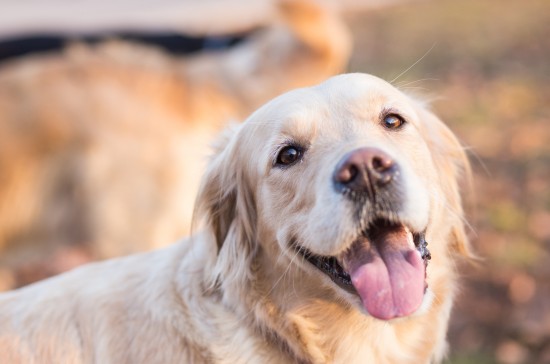

Generally, when our dogs are unwell we become aware of this in fairly short order- unlike cats, dogs are not adept at masking the symptoms of illness, which means that the dog owner is usually able to get a head start in diagnosing and treating any problems. However, as well as the obvious signs of ill health such as vomiting, diarrhoea, symptoms of pain and unhappy vocalisations, there are also a whole host of other much more subtle symptoms that can indicate the onset of a disease or illness as well.
Learning to recognise these more subtle signs of illness in the dog can help you to identify when something is amiss early on, and potentially nip any developing condition in the bud before it becomes more serious. These signs can be easy to miss, however, particularly if they develop slowly and are so subtle that it can be difficult to spot day to day changes. In this article, we will introduce you to some of the subtle symptoms of ill health in dogs to be on the lookout for.
If your previously good-natured dog suddenly appears to be less tolerant, more snappy or generally grumpy and grumbly, these changes do not manifest out of nowhere. Your dog may be reacting to environmental changes or something within the home that is causing them stress, making them feel insecure or otherwise making them feel unhappy. But changes in temperament can also be brought on by ill health, and if your dog is not feeling very good in himself, he is likely to also become less tolerant of the world around him.
It is important to monitor your dog’s weight and ensure that how much they are fed matches their activity levels, and weight gain is usually down to a failure to manage this effectively. However, while unexplained weight loss is usually an obvious indicator of something being wrong, unexplained weight gain can also indicate that something is up with your dog’s body systems that may need further investigation.
If your dog suddenly begins eating or drinking considerably more than normal and this is unrelated to a change in activity levels or the weather, there may be an underlying reason for this that you will need to get checked out.
Some dogs seem to make more of an effort to go to the toilet than others, and most dog owners will be at least peripherally aware of how long it takes their dog to get on with doing their business. But if your dog is straining to pass faeces or urine, appears to be in pain while doing so, or “scoots” their butt along the ground afterwards, they may be suffering from kidney or bowel problems, or impacted anal glands.
Bad breath is not normal for dogs, despite many people’s perception that it is! Bad breath, particularly if it develops fairly quickly, can be indicative of a wide range of different health issues, from conditions of the mouth and teeth themselves through to digestive problems and a wide range of other issues with the body’s internal organs. If your dog’s breath is particularly offensive, take them along to the vet for a dental examination and to check if anything else is amiss.
It can be difficult to notice problems with the skin and coat, as these usually develop gradually over time and it is unlikely that you will wake up one day and suddenly notice a marked change. But if you feel as if your dog’s coat is not as shiny and bright as it used to be, or if they appear to be suffering from sensitive skin, any sore patches, dandruff or anything else new, there might be an underlying cause of this. Skin and coat problems are often related to diet, and this is usually the first place that you would look to identify the cause of any changes. However, many other conditions can also manifest with symptoms that affect the skin and coat, so there may be more to it.
As dogs age, they do over time begin to lose some of their natural suppleness and condition, which can affect their joints and freedom of movement. They may begin to show signs of stiffness, particularly in the mornings, and generally be less able to be as active as they were when they were younger. However, this is something that you should get checked out by your vet, as it may indicate the onset of arthritis or another condition that can be managed to some extent with treatment. A gradual onset lameness in one or more limbs also requires investigation, as this may indicate an underlying injury or bone or muscle condition that should be addressed or diagnosed.
 Hypothyroidism And Canine Aggression
Hypothyroidism An
Hypothyroidism And Canine Aggression
Hypothyroidism An
 Horse Tips On How To Winter Feed & Keep The Bills Down
Horse Tips On How
Horse Tips On How To Winter Feed & Keep The Bills Down
Horse Tips On How
 Beautiful Blue-eyed Cats
Beautiful Blue-ey
Beautiful Blue-eyed Cats
Beautiful Blue-ey
 Online pet shops will meet every demand of your pet!
Online pet shops will meet every demand of your pet!
Online pet shops will meet every demand of your pet!
Online pet shops will meet every demand of your pet!
 Love Me, Love My Dog - Introducing A New Partner Into Your Dog’s Home
Love Me, Love My
Love Me, Love My Dog - Introducing A New Partner Into Your Dog’s Home
Love Me, Love My
Copyright © 2005-2016 Pet Information All Rights Reserved
Contact us: www162date@outlook.com